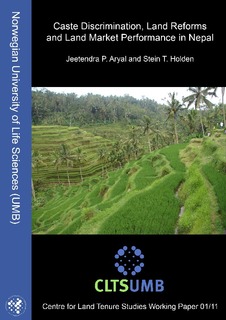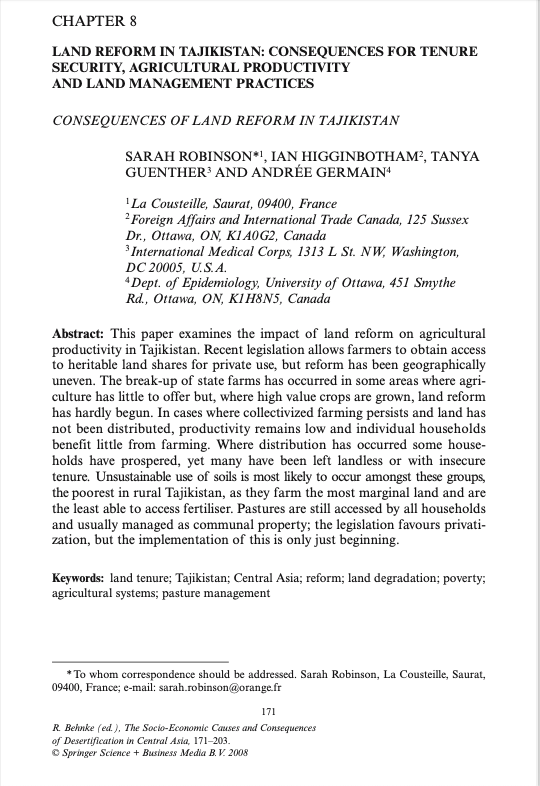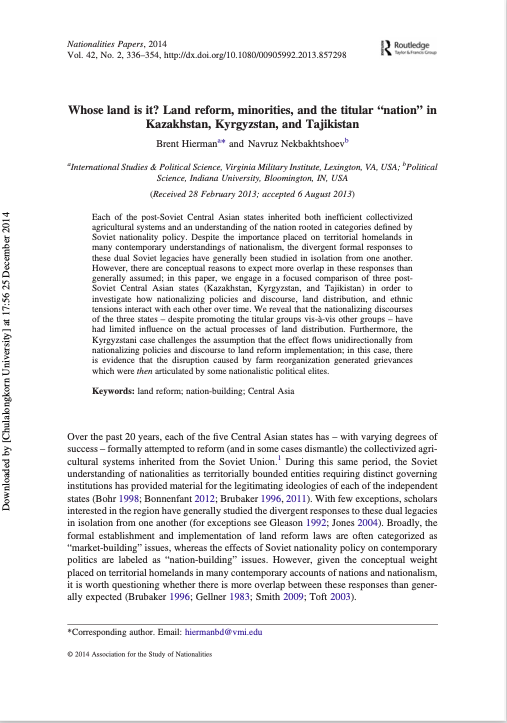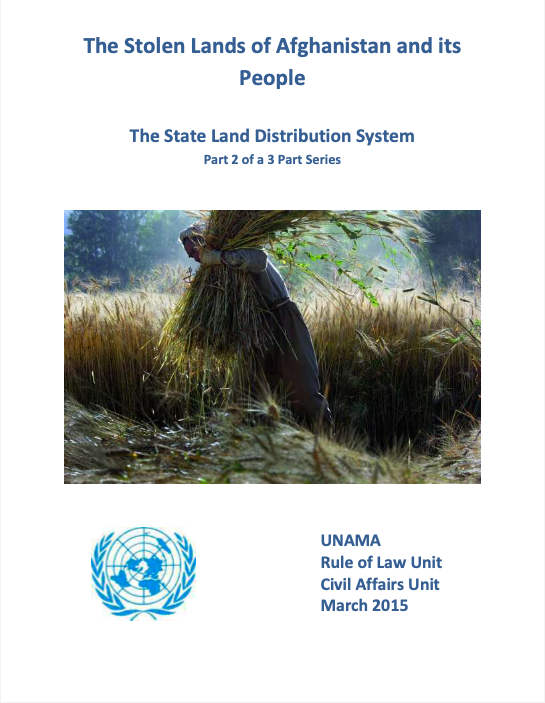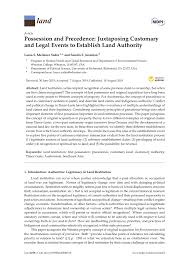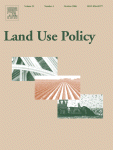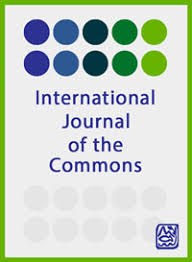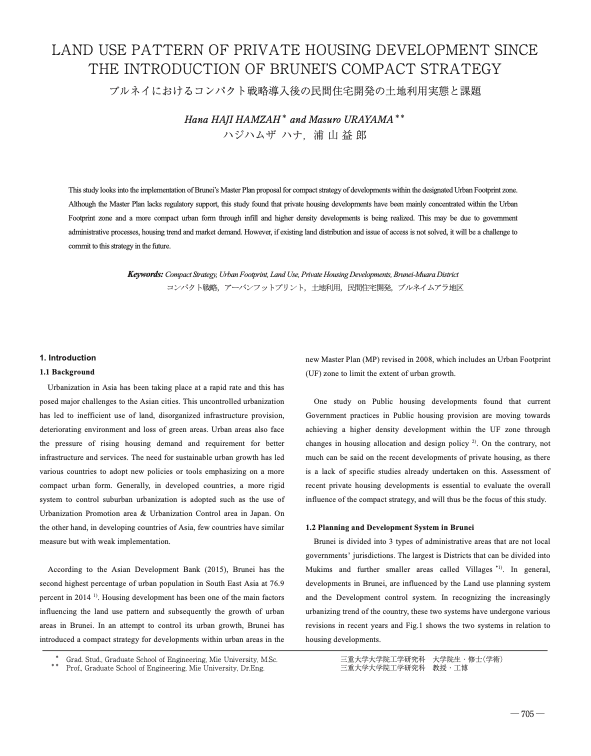Evolution of land use in the Brazilian Amazon : From frontier expansion to market chain dynamics
Agricultural census data and fieldwork observations are used to analyze changes in land cover/use intensity across Rondônia and Mato Grosso states along the agricultural frontier in the Brazilian Amazon. Results show that the development of land use is strongly related to land distribution structure. While large farms have increased their share of annual and perennial crops, small and medium size farms have strongly contributed to the development of beef and milk market chains in both Rondônia and Mato Grosso.


